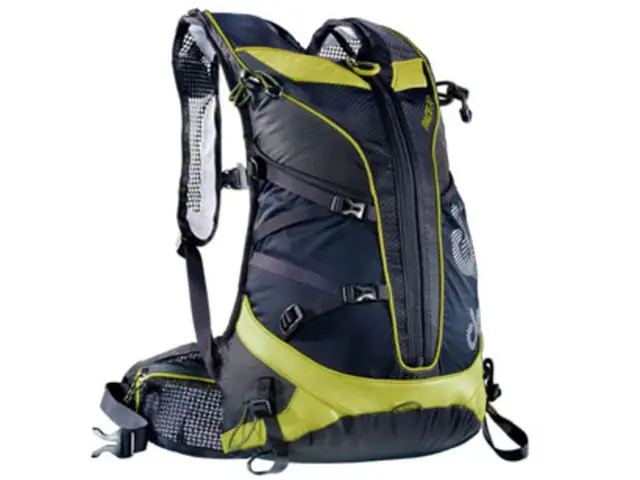Discussion: Strategies for Apparel Industry Personnel to Cope with Climate Crisis
In the face of the escalating climate crisis, the impact on textile workers in the Global South is a pressing concern. Jason Judd, a leading expert from Cornell University's Global Labor Institute, is spearheading research into this critical issue.
The story intertwines topics such as adaptation, jobs, regulation, supply chain, trade, textiles, climate, inequality, poverty, climate justice, fashion, climate risk, and livelihoods. It is relevant to the United Nations Sustainable Development Goals (SDGs) 8, 10, 12, 16, and 17.
Competitors of Bangladesh have recognised the unsustainability of the current wage system for garment workers and have initiated policies to review minimum wages annually. This proactive approach could prevent the potential loss of 1 million jobs due to climate risks in the textile industry without such investment.
In Cambodia, wages have been on the rise following government agreement to change the process and increase wages, a decision spurred by worker protests. However, the need for measures beyond wage increases to protect textile workers in countries like Cambodia is evident.
Extreme weather events, such as longer waves of heat stress and more frequent floods, have been affecting key apparel-producing cities like Dhaka and Hanoi over the last two decades. Workers in Dhaka, for instance, have been forced to sell or pawn their household goods to pay for electricity during hot and humid months, and their medicine costs can increase up to 10 times during these periods.
The European level regulation is being considered for brands, making it an obligation for buyers to know about and address excessive heat in workplaces. The EU's Corporate Sustainability Due Diligence Directive, if implemented, could hold brands liable if they fail to remedy excessive heat in workplaces.
Suppliers are hesitant to invest in climate adaptation due to concerns about affordability and unfunded mandates from buyers. Arguably the most important adaptation technology for workers is cash, which allows them to make choices that reduce the impacts of high heat and flooding.
Brands have been slow to address climate risks faced by workers, but are now starting to establish guidelines and set standards. The government in Cambodia could set standards for the workplace on indoor heat and other measures to further protect workers.
This article has been published with permission from Thomson Reuters Foundation, a charitable organization that covers humanitarian news, climate change, and other topics. The story is related to topics such as cities, manufacturing, and regions including Bangladesh, Cambodia, Europe, Global, Pakistan, Vietnam.
In conclusion, the climate crisis is posing significant challenges to textile workers in the Global South. Urgent investment in climate adaptation is crucial to protect the livelihoods of these workers and ensure a sustainable future for the textile industry.
Read also:
- Understanding Hemorrhagic Gastroenteritis: Key Facts
- Trump's Policies: Tariffs, AI, Surveillance, and Possible Martial Law
- Expanded Community Health Involvement by CK Birla Hospitals, Jaipur, Maintained Through Consistent Outreach Programs Across Rajasthan
- Abdominal Fat Accumulation: Causes and Strategies for Reduction








